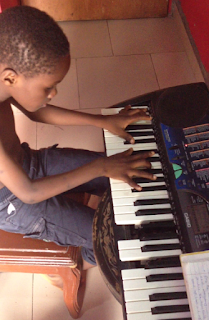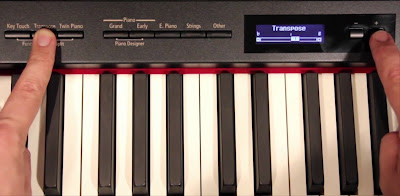Three Mistakes you are making as a young Pianist
Article by: Elmond Isaiah(Jazz pianist)
You probably don’t have a million hours a day to practice. So, when you do sit down at the piano to practice, it’s critical that you invest your time on the smartest stuffs.
And it’s also critical that you’re not leaving out certain things from your practice that will cause big problems later…. (wise saying)
These mistakes are so huge that if you don’t address them now they can cause you irreparable damage to your growth as a musician.
So, let’s uncover them now.
Big Piano Mistake #1
Do you know what the biggest difference is between an amateur piano player and a pro?
It’s their ability to play with great rhythm!
One clear example at it’s core is jazz music. Although all music has a rhythmic pattern, jazz is entirely a rhythmic art form. Everything is based off swing, articulation, groove, and playing notes exactly at the perfect time.
Rhythm is the #1 of the most under practiced skill I see in almost all the music students I met and worked with.People spend all day learning chords and scales but yet they can’t groove with them or play them with good rhythmic feel inside real pieces of music!
You may practice and know many great chords, until you spend quality time working on rhythm and groove you will never accurately be able to apply those chords and scales you know.
_If you want to be a great pianist then you need to spend good time practicing your rhythm in all your practice sessions_
Big Piano Mistake #2
Are you able to instantly look at a chord chart and know what key it’s in and the chord progression in terms of music theory?
If not you need to be able to do that. I’m not saying this because I’m a drill sergeant or anything like that. Nope!
In fact, I’m saying this because I’m actually sharing a huge shortcut with you.
When, you can reduce the music down and understand that 99% of the time songs are made up of common chord progression patterns, then it’s a heck of a lot easier to memorize fast and have more fun at the piano.
Big Piano Mistake #3
Have you ever played through a piece of music and then come to a stumbling halt because you didn’t know how to play a chord? Or maybe you could eventually play it but you had to think about it for a long time and your rhythm suffered because you were a bit too slow recognizing it?
It’s super frustrating isn’t it?
Well, here’s the thing. This doesn’t need to happen. And it’s an easy fix if you _practice the right way.
Most musicians just practice chords randomly. They waste so much time trying to learn chords. This is not smart. If you know how to practice the right way you can learn how to play all your basic chords in a short period of time.
So, when you sit down don’t just hit random chords.
Don’t change it up everyday. Use a game plan and be smart about it.
If you’re not sure how to do this yourself get someone deeper than you in the area or get a step by step piano course that shows you how to play all your basic chords in all 12 keys in 30-60 days










